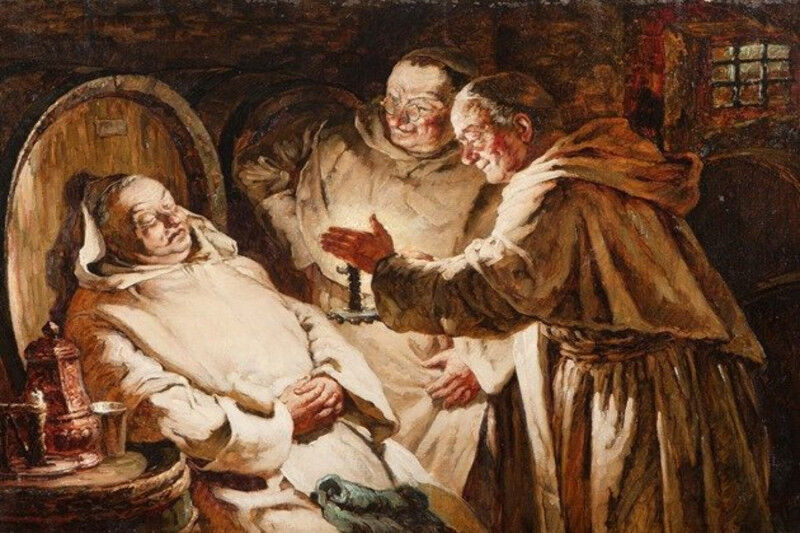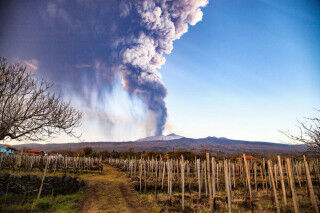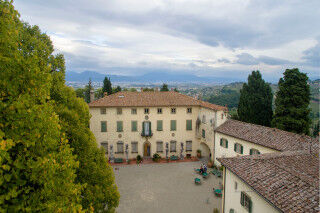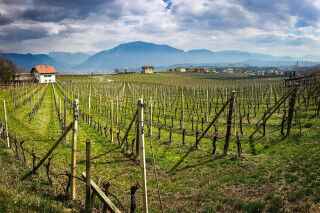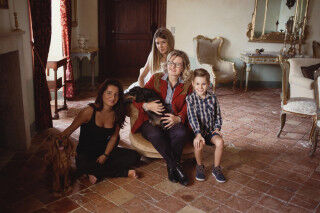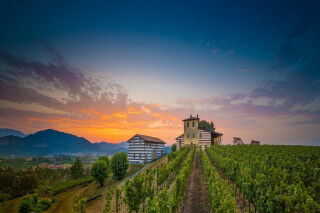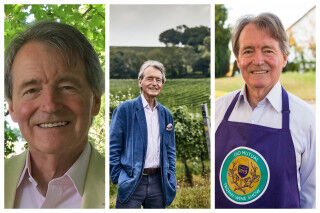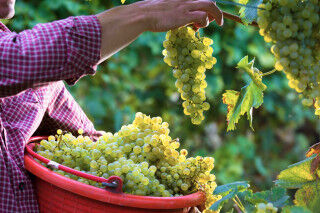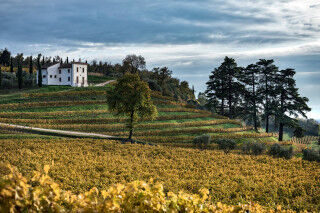Let’s delve back into the Medieval world - monks were the leading luminaries of the day, providing a pathway to learning and keeping historic records of the day’s events when nobody else could (both technically and status-wise). We’ll focus on the world of the French monks, who provided an especially accurate and detailed history of their studies, historic and cultural events, and possibly the only reliable insight into current viticultural practices.
It's thanks to the Cistercian monks who, in time of peace and prosperity, implemented three defining principles of terroir:
- the understanding of climate (specific designated plots of land marked by local climate and soil attributes)
- clos (climates marked off by man-made walls to protect their vineyards from intruding animals)
- cru (a single vine that each year imparts specific and particular characteristics).
The Cistercian monks are also celebrated for creating the concept of varietals (wines made primarily from one grape type) and their relationship to the environment, pruning for quality instead of quantity, and other innovative steps in the direction of successful viticulture. Not to be overlooked is also the function of the wine press, allowing wine produced from a first pressing to be enjoyed for its cleaner, complex and elegant character. During this time, wines were not so frequently mixed with spices and water, allowing for undiluted enjoyment of a most refined product.
In another development (foreshadowing modern quantity vs. quality battles), both private producers and monks began producing wines with a strong following and elevated demand from England and other European nations. With Bordeaux hitting hard thanks to its port, the monks and producers here introduced the concept of emphasizing quantity of grapes, and focusing on production of ever-greater numbers of barriques and tonneaus that actually proved easier to ship the long and turbulent distance to England. Sales boomed (while quality was debatable) and strong commercial ties were built. This was instrumental in giving wine back its role as a status symbol, and inferring upon it a certain prestige.
Skipping ahead a few centuries, and on a very interesting side-note, we also know that wine, and subsequently vineyards and vines, first made their appearance in the New World around the end of the 1700s, when Catholic missionaries came over to convert the populace, and needed wine for their masses. Thanks to this religious fervour, the roots of California's wine industry were planted.
So, it's very safe to say that Medieval monks of Western Europe took us and wine out of the Dark Ages, and more in line with what we enjoy today. Their dedication to refining wine and maximising vineyard production both had fundamental impacts on the history of viticulture, and their trial and error while producing wine has provided invaluable groundwork for wine-making today. Without their research and devotion, the world of contemporary viticulture would surely look different.
With this in mind, the next glass of wonderful wine you drink we'll toast to the monks of yesterday. We salute you, thank you for your dedication and devotion to creating the perfect glass of wine (wherever its provenance), and assure you that all efforts are being made to carry forward this immense legacy of modern wine-making.
Continue exploring the fascinating roads wine's development took through Western Europe in the period immediately following the Middle Ages here. While not always a smooth ride, wine eventually found its groove and became an essential part of Mediterranean dining. Find out how here!
Mamablip's got loads of Italian food and wine history bits to share with you - don't miss the Blog Index where you can read and browse with what else? A great glass of wine to accompany you!
Stay tuned and sign up below for the Mamablip Newsletter. Stay up to date on all of Mamablip's kitchen and winery secrets that you won't want to miss!
